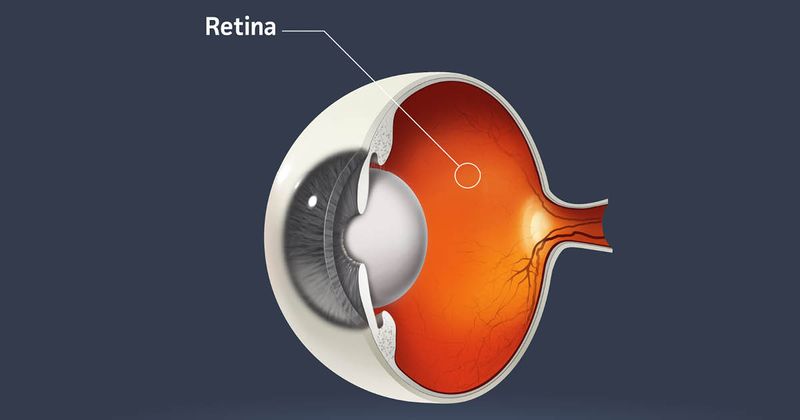PULSAR trial shows efficacy of aflibercept 8 mg in wet AMD with long treatment intervals
SEATTLE — The PULSAR trial in wet age-related macular degeneration demonstrated that aflibercept 8 mg administered every 12 or 16 weeks is noninferior in vision gains compared with aflibercept 2 mg every 8 weeks.
The 48-week outcomes of the trial were presented at the American Society of Retina Specialists annual meeting by Jignesh Patel, MD, FRCOphth.

Image: Adobe Stock
“The primary endpoint was the change in best corrected visual acuity from baseline to week 48 with a noninferiority margin of four letters. The key secondary endpoint was the proportion of patients who were dry with no subretinal fluid or intraretinal fluid at week 16 in the central subfield,” he said.
More than 90% of patients reached the week 48 visit. Patients who received aflibercept 8 mg could be switched to the more frequent 8-week interval if they had a best corrected visual acuity loss of five letters or more together with an increase in central subfield thickness of 25 µm. Once the treatment interval was reduced, it could not be extended back in line with the original randomization, Patel said.
PULSAR met its primary endpoint. The 8 mg demonstrated noninferiority compared with the 2 mg.
“More than three-quarters of patients were maintained at the q12 and q16 frequency. Overall, 83% of patients were maintained at more than 12 weeks frequency of treatment,” he said. “There’s not much difference in central subfield thickness with minimal fluctuations over the course of the year.”
No ocular adverse events or new systemic safety signals were reported. There was no difference in IOP between the groups.
“When we look at intraocular pressure greater than 35 mm Hg either before or after injection, again no difference between the 8 mg and the 2 mg,” Patel said.

